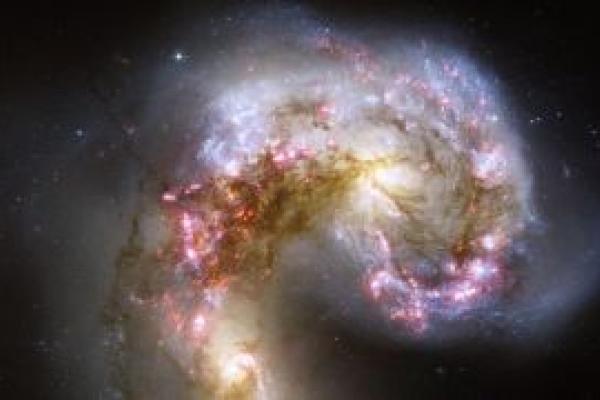
Title: The Illusive Pathways that Feed Galaxies
Abstract:
Galaxy growth is a slow but continuous process. The observed properties of galaxies suggest that accretion must continue to support star formation. However, direct observational evidence of gas flows into galaxies has been hard to come by. The disk-halo interface is one of the most promising regions in our search, where new data uncover signs of gas condensation. In this talk, I will discuss the results from our ongoing DIISC (Deciphering the Interplay between the ISM, Stars, and the CGM) survey, which probes the disk-CGM interface with QSO sightlines. I'll discuss our findings of large extended disks in terms of the signpost of gas accretion and galactic feedback. I will also discuss the prevalence of structures similar to high-velocity clouds and extra-planar gas observed in the Milky Way. These gaseous structures represent a pathway for gas accretion into galaxies and can be one of the primary ways galaxy disks grow in the nearby Universe.
